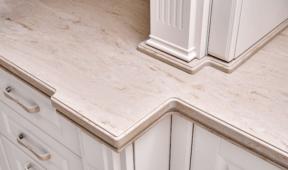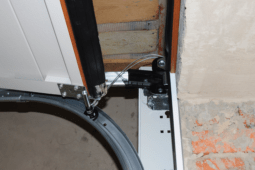Single Bevel vs Double Bevel Miter Saws – Choosing the Right One for Your Woodworking Projects
When starting out with DIY or woodworking projects, one of the pivotal decisions you’ll encounter is choosing between a single-bevel vs double-bevel miter saw. This choice can significantly influence the precision, efficiency, and versatility of your cuts, making it a critical consideration for both beginners and seasoned craftsmen. However, don’t worry if you are not sure which is best for your needs, as we’ll delve into the nuances of single-bevel and double-bevel miter saws, aiming to provide you with a comprehensive understanding that will guide you in making an informed decision tailored to your project needs.
Embark on a journey of craftsmanship and creativity! Explore TedsWoodworking, your gateway to 16,000+ woodworking projects. Let’s turn your woodworking dreams into reality together.
Understanding the Basic Differences of Single Bevel vs Double Bevel Miter Saws
At the heart of the discussion between single- and double-bevel miter saws lies the range of motion and the capability of the saw’s blade to make angled cuts. A single bevel miter saw allows you to make bevel cuts in one direction, typically to the left, requiring you to manually flip your workpiece to make a bevel cut in the opposite direction. On the other hand, a double bevel miter saw offers the convenience of making bevel cuts in both directions without the need to adjust your workpiece, streamlining the process and enhancing productivity.
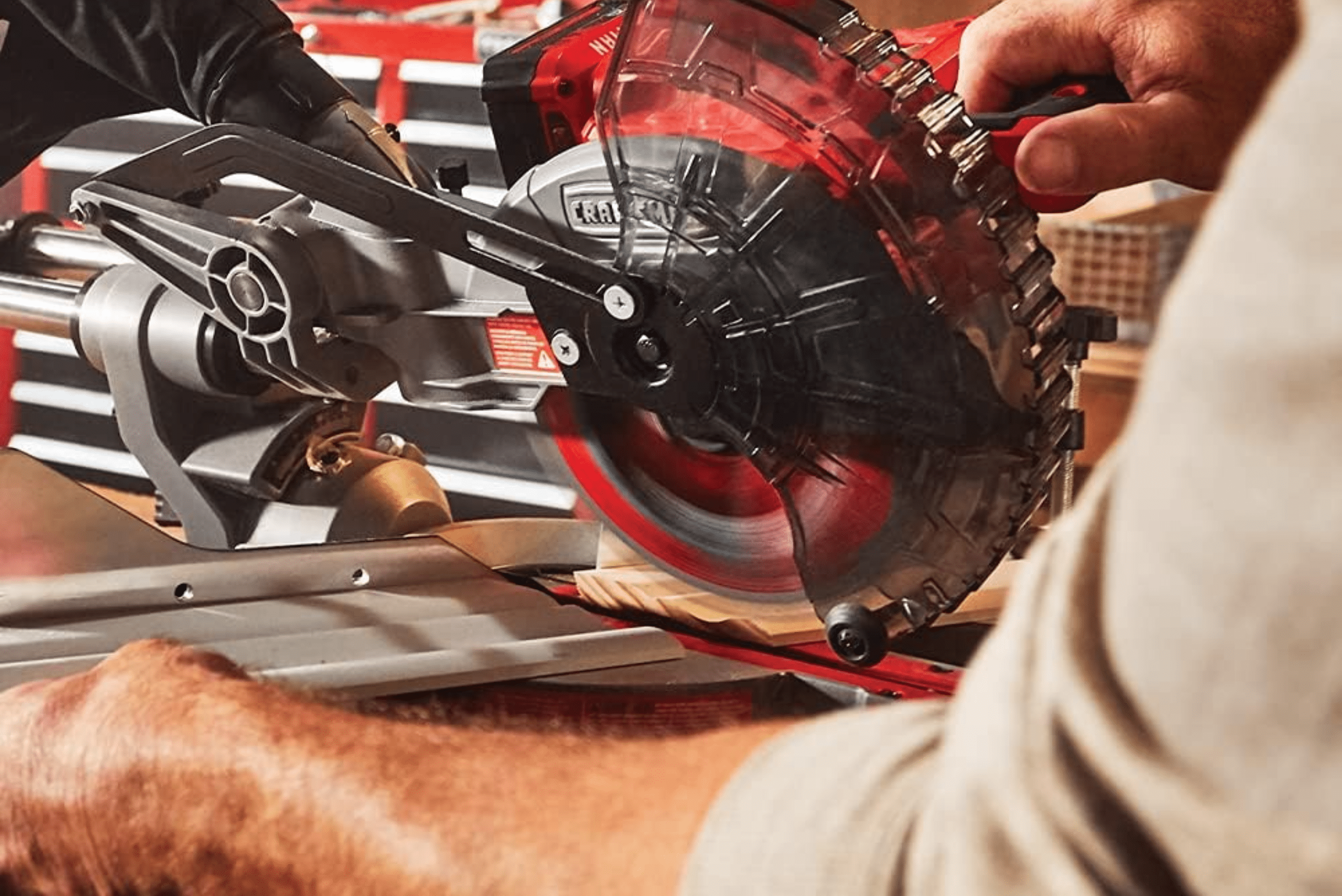
The choice between these two types of saws often boils down to the nature of your projects. For hobbyists or those undertaking simple projects with occasional bevel cuts, a single bevel miter saw might be the perfect fit due to its affordability and straightforward functionality. However, for professionals or enthusiasts working on more complex projects that demand frequent and varied bevel cuts, the double bevel miter saw stands out as the superior choice, offering unparalleled versatility and time-saving benefits.
The Impact on Project Efficiency and Precision
The efficiency of your projects can greatly benefit from choosing the right type of miter saw. With a double bevel miter saw, you’re equipped to handle complex cuts with ease, thanks to its ability to swiftly adjust to cutting angles on both sides. This not only speeds up the process but also reduces the margin for error, as there’s less handling of the workpiece, maintaining its position and ensuring more accurate cuts.
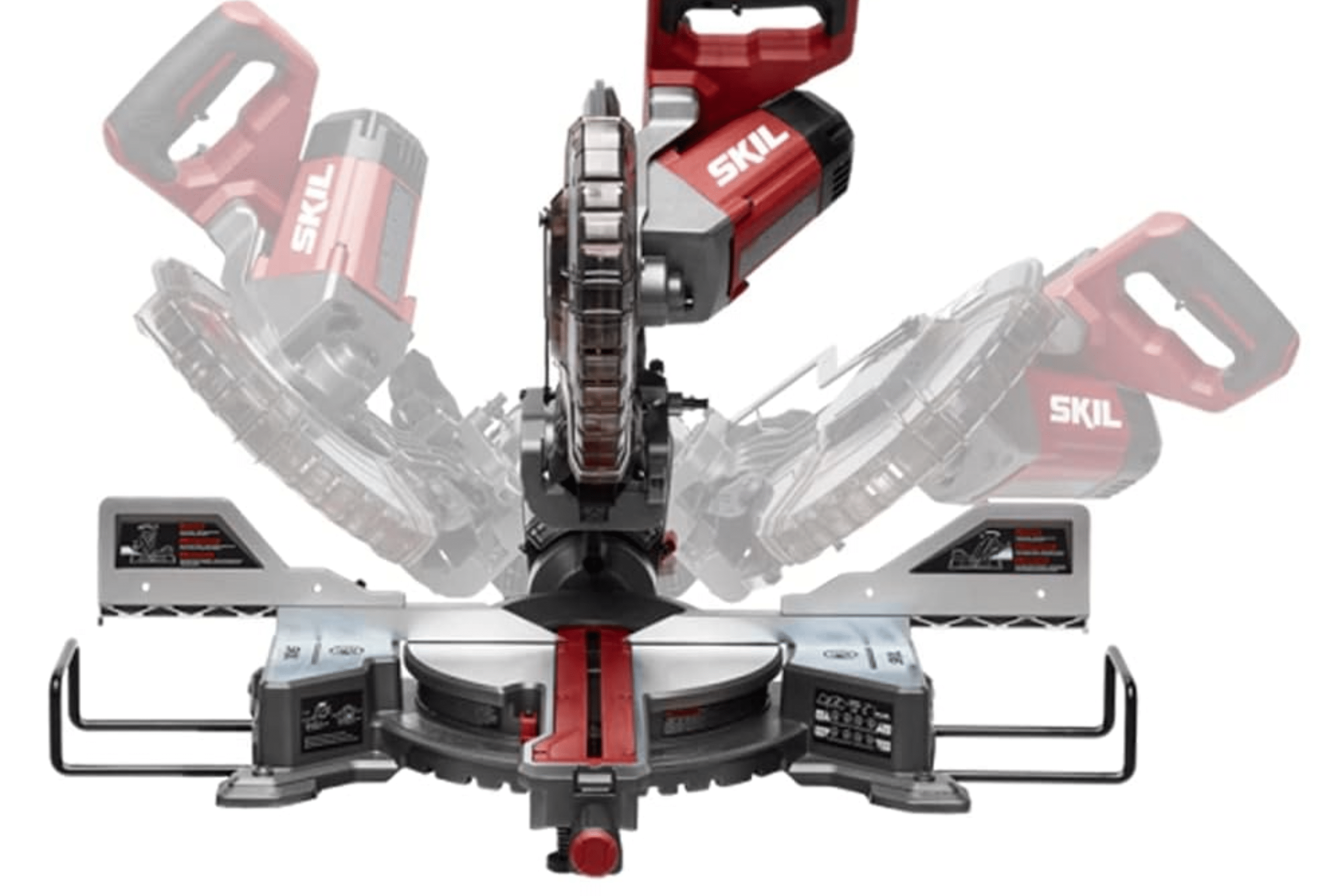
Precision, a non-negotiable aspect of woodworking, is markedly enhanced by the capabilities of a double-bevel miter saw. The convenience of making compound cuts—cuts that are both angled and beveled—without repositioning the workpiece ensures that each cut is consistent with the last. This is particularly beneficial when working on projects that require a high level of symmetry and alignment, such as frames, moldings, and more intricate carpentry tasks.
Balancing Budget and Needs to Which to Pick
When it comes to cost, single-bevel miter saws are generally more wallet-friendly, making them an attractive option for DIY enthusiasts or those just starting their woodworking journey. However, it’s essential to consider the long-term value and potential limitations that come with a lower upfront cost. If your projects evolve or become more complex over time, you might find the need to upgrade to a double-bevel miter saw, which could mean additional expenditure in the long run.
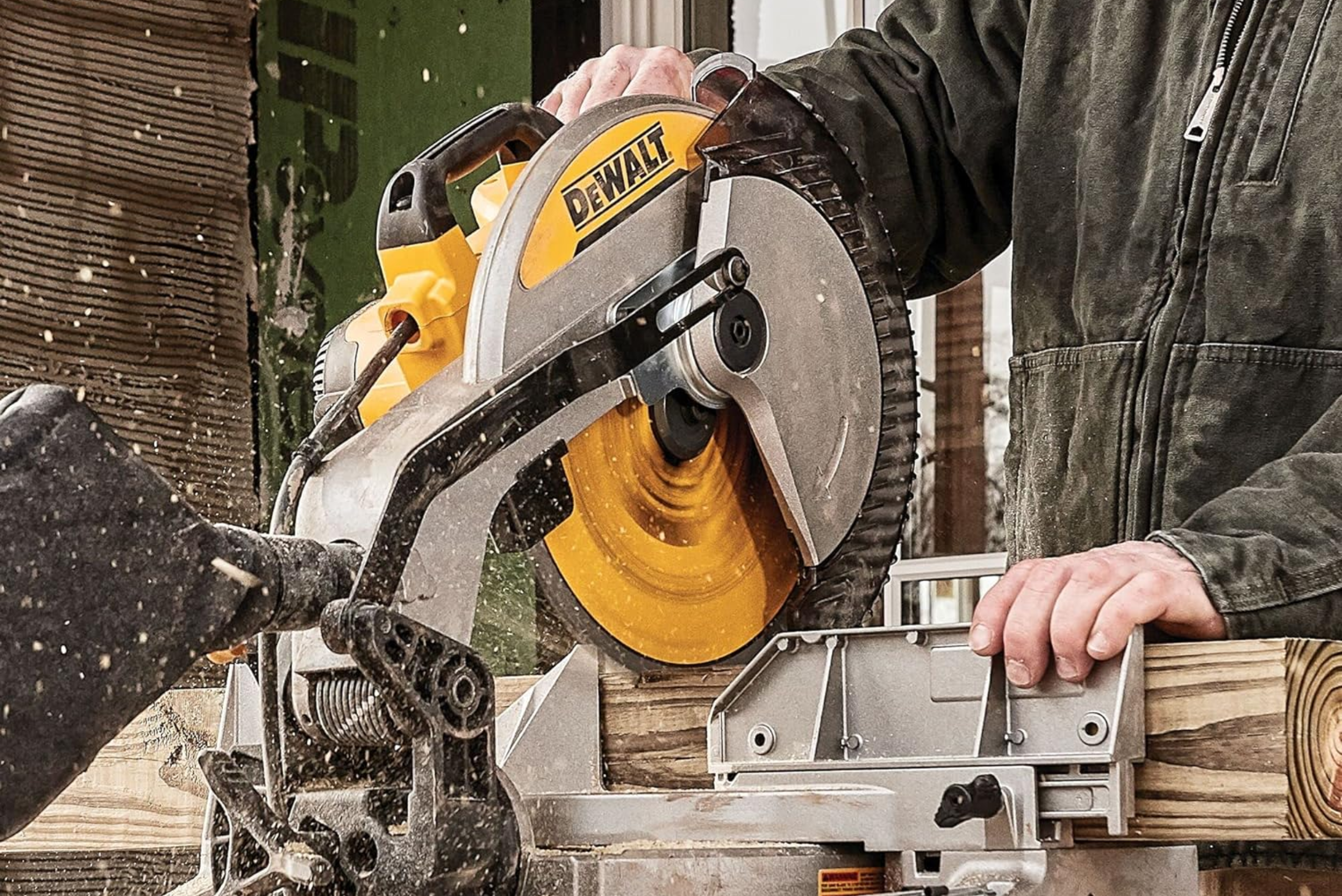
On the flip side, investing in a double bevel miter saw from the get-go might seem like a hefty initial expense, but for those committed to pursuing more advanced projects or professional woodworking, it’s an investment that pays off in terms of efficiency, versatility, and the quality of the finished product. It’s a matter of evaluating your current and future needs against your budget to make the most sensible choice.
Versatility and Limitations When Exploring the Full Spectrum
The versatility of a miter saw single or double bevel, plays a crucial role in its applicability to a wide range of projects. Single bevel miter saws, while somewhat limited in their range of motion, are perfectly capable of handling most basic cutting tasks with precision and ease. Their simplicity and ease of use make them an excellent choice for beginners or those whose projects don’t require complex bevel cuts.
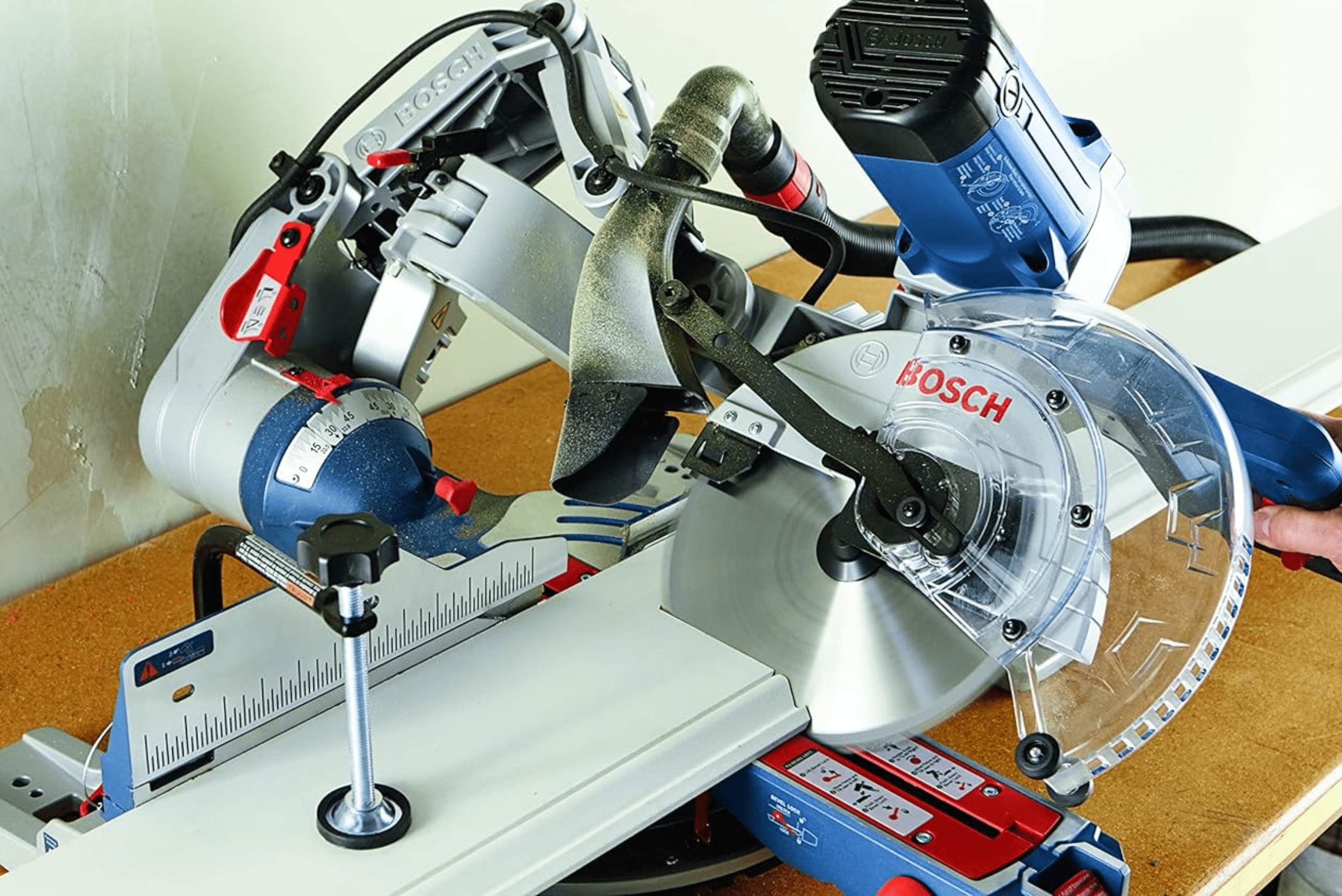
Conversely, the double bevel miter saw is a powerhouse of versatility, capable of executing intricate cuts that a single bevel saw simply cannot achieve without additional manipulation of the workpiece. This makes it an indispensable tool for professionals or serious hobbyists who demand the highest level of precision and efficiency in their work. The ability to make dual-direction bevel cuts not only expands the scope of projects you can undertake but also elevates the quality and intricacy of your work.
Related Articles:
- Miter Saw vs Table Saw — Which One is Right for Me?
- Top Picks for the Best Miter Saw – ManMadeDIY’s Recommendations
- Chop Saw vs Miter Saw: Understanding the Differences
Deciding between a single-bevel and double-bevel miter saw ultimately hinges on a thorough assessment of your project needs, budget considerations, and long-term woodworking aspirations. For those embarking on simple, straightforward projects or just dipping their toes into the woodworking realm, a single bevel miter saw offers a cost-effective and uncomplicated solution. However, for enthusiasts and professionals poised to tackle more complex and varied projects, the double bevel miter saw, with its unmatched versatility and efficiency, becomes an invaluable tool in your arsenal.
Ready to start your next project? Join our DIY community to receive tool tips, how-to guides, and exclusive creative insights. Subscribe to the ManMadeDIY newsletter now! Click here to unlock a world of hands-on inspiration.




